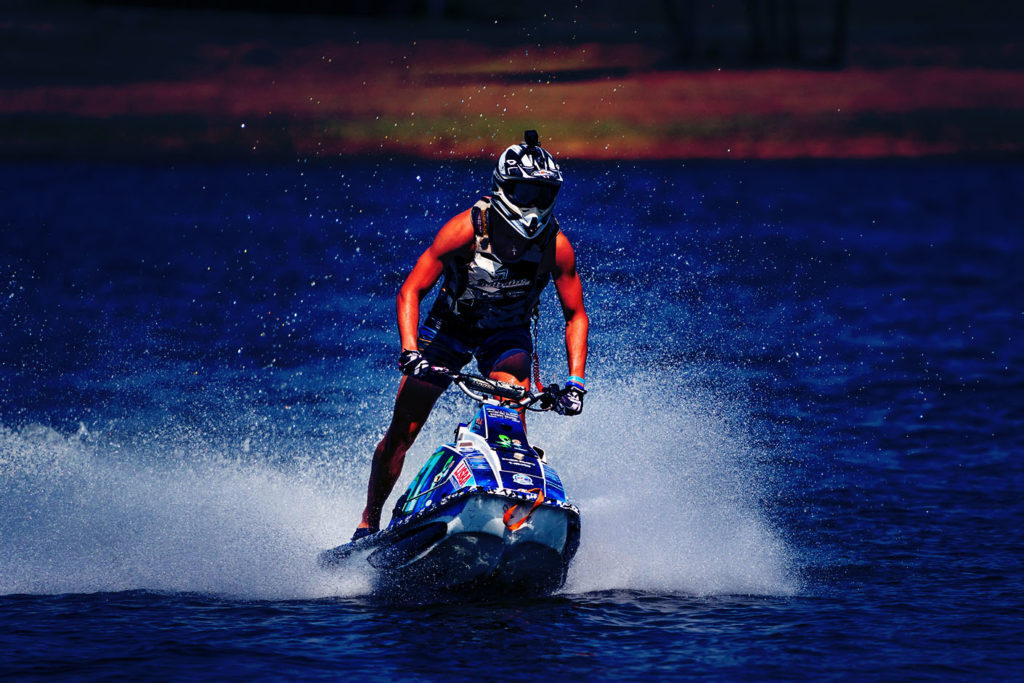Non-swimmers can enjoy jet skiing under certain conditions, but consider safety precautions and potential limitations…
- Life Jacket – Non-swimmers should wear a fitted life jacket or personal flotation device (PFD) while jet skiing. This is essential for buoyancy and safety in case of accidental falls into the water.
- Accompanied by Swimmers – Non-swimmers may benefit from riding with a companion who is a strong swimmer and familiar with jet skiing. This can provide an added layer of safety and assistance if needed.
- Basic Water Safety Knowledge – While not mandatory, having basic water safety knowledge can benefit non-swimmers. Understanding how to stay calm, using a life jacket, and basic swimming techniques (like floating or treading water) can enhance safety awareness.
- Choose Calm Waters – Beginners and non-swimmers should start in calm and shallow waters where it’s easier to regain control of the jet ski or stand in case of a fall. Avoiding areas with strong currents or heavy boat traffic can reduce risks.
- Training and Instruction – Taking a jet ski safety course or receiving instruction from an experienced rider can provide valuable guidance on operating the jet ski safely and what to do in emergencies.
- Limitations and Risks – Non-swimmers should be aware of their limitations and the potential risks associated with jet skiing. Accidental falls, collisions, or being separated from the jet ski can pose safety challenges, especially without the ability to swim.
While jet skiing can be thrilling and enjoyable, safety should always be a top priority, particularly for non-swimmers. By taking appropriate precautions and adhering to safety guidelines, non-swimmers can still participate in jet skiing with proper supervision and awareness of their abilities.



